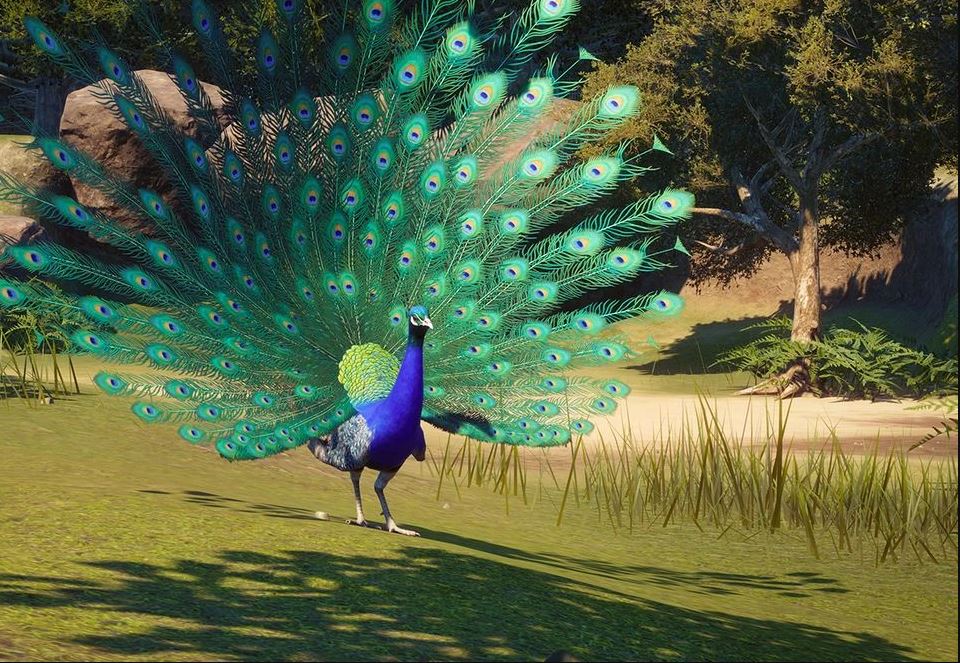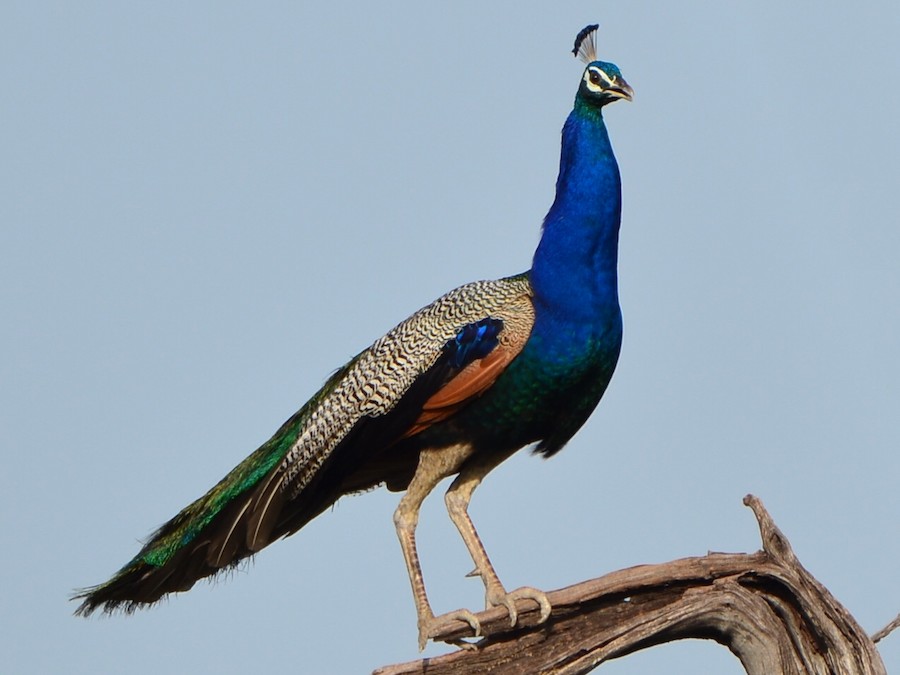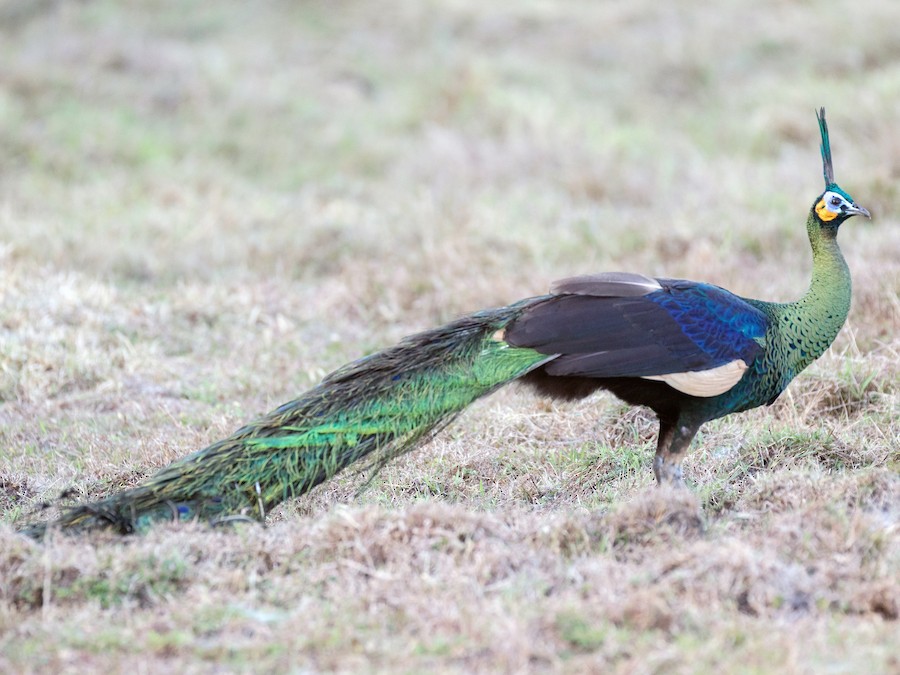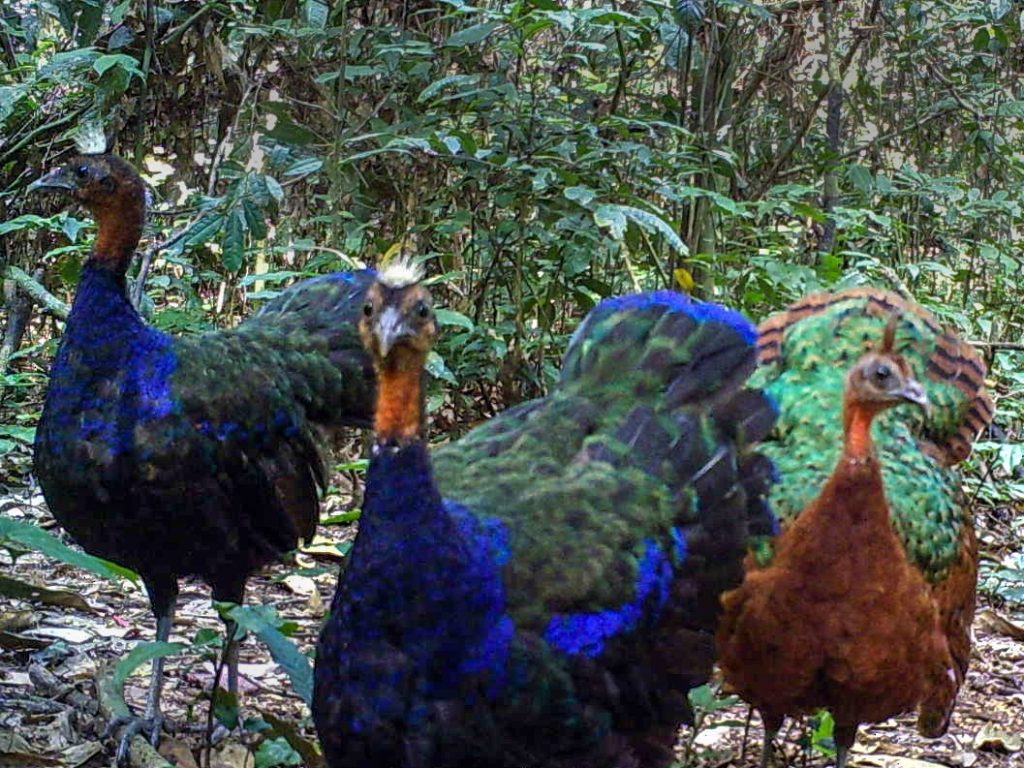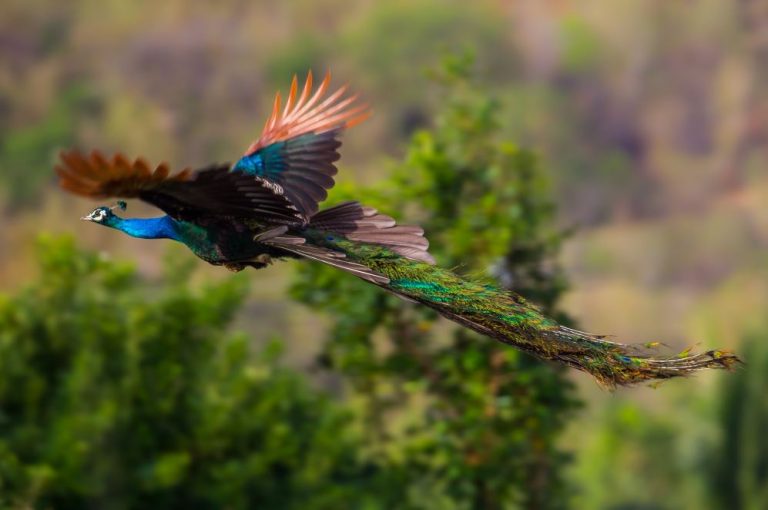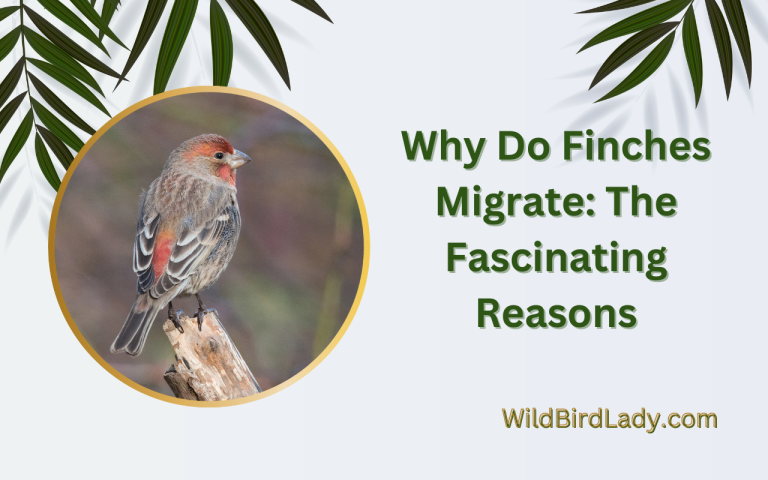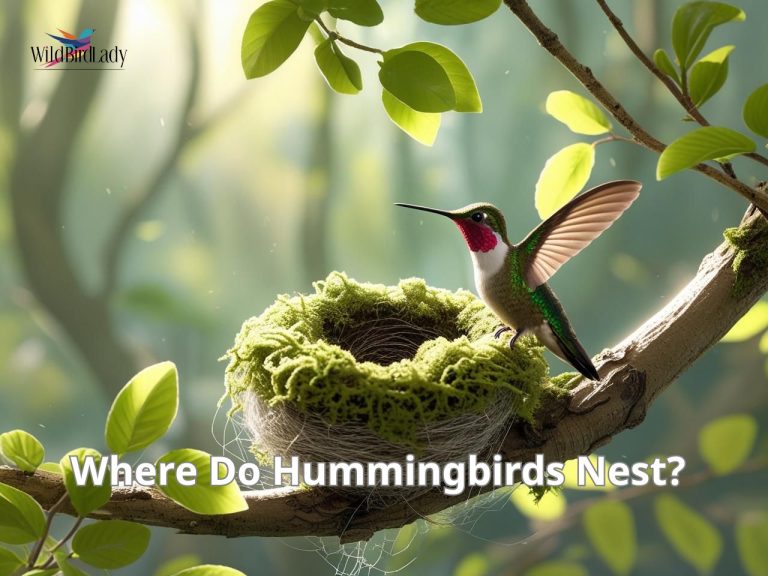Where Do Peacocks Live? A Colorful Journey Through Their Natural and Domestic Habitats
With their dazzling plumage and unmistakable train of feathers, peacocks are among the most iconic birds in the world. But beyond their beauty, one question continues to fascinate bird lovers: where do peacocks live?
In this in-depth guide, we’ll explore the diverse habitats of peacocks, the differences between wild and domestic populations, and how these majestic birds have adapted to live on nearly every continent. We’ll also take a closer look at each of the three species of peafowl and their preferred environments.
Quick Answer: Where Do Peacocks Live?
Peacocks (the males of the species called peafowl) are native to South Asia and parts of Africa. The Indian Peafowl (Pavo cristatus) lives primarily in India and Sri Lanka, while the Green Peafowl (Pavo muticus) is found in Southeast Asia. The Congo Peafowl (Afropavo congensis) is native to central Africa’s rainforests. Peacocks can also be found in parks, estates, and farms around the world due to domestication.
Peafowl vs. Peacock: Let’s Clear It Up
Before diving deeper, it’s important to distinguish the terms:
- Peacock: Male of the species
- Peahen: Female of the species
- Peafowl: Refers to both males and females
In this article, we’ll occasionally use “peacock” for readability, but keep in mind it technically refers to males only.
Native Range of Peacocks by Species
1. Indian Peafowl (Pavo cristatus)
- Native Range: Indian subcontinent — India, Sri Lanka, parts of Pakistan and Nepal
- Habitat: Forest edges, open woodlands, farmlands, and temple grounds
- Climate: Tropical and subtropical regions with seasonal rainfall
This is the most well-known species — the national bird of India — and the one most commonly seen in zoos and gardens worldwide. Indian peafowl are adaptable and often live near human settlements.
“The Indian Peafowl has adapted well to cultivated and urban environments where trees and bushes offer roosting and nesting sites” – Cornell Lab of Ornithology
2. Green Peafowl (Pavo muticus)
- Native Range: Southeast Asia — Myanmar, Thailand, Vietnam, Laos, Cambodia, and Java (Indonesia)
- Habitat: Tropical forests, wetlands, and grasslands
- Conservation Status: Endangered due to habitat destruction and hunting
Unlike its Indian cousin, the Green Peafowl prefers denser and wetter habitats and is generally more elusive.
“Green Peafowl populations have declined significantly due to deforestation and poaching, now largely restricted to protected areas” – IUCN Red List
3. Congo Peafowl (Afropavo congensis)
- Native Range: Democratic Republic of the Congo, central Africa
- Habitat: Dense tropical rainforests
- Notable Features: Smaller and less colorful, adapted to low-light jungle environments
This lesser-known peafowl species is unique to the Congo Basin and is the only peafowl native to Africa.
“The Congo Peafowl is a shy, ground-dwelling bird endemic to the central Congo rainforests” – BirdLife International
Wild vs. Domestic Peacocks: Living Very Different Lives
Wild Peacocks
Wild peacocks prefer areas where dense vegetation meets open ground. Forest edges, grasslands, and agricultural fields near water sources are ideal. They roost in trees at night and forage on the ground by day.
Common behaviors in the wild:
- Roosting in tall trees to avoid predators
- Dust bathing and sunning during the day
- Forming small harems during mating season
Domestic Peacocks
Thanks to their ornamental value, peacocks have been introduced to estates, parks, temples, and farms around the world, including the United States, Australia, Europe, and the Caribbean.
Domesticated peacocks can be found in:
- Private aviaries
- Botanical gardens
- Temples and palace grounds (e.g., in India and Thailand)
- Urban neighborhoods (in some places like Los Angeles and Miami)
In places like Florida and California, feral peacock populations have established due to birds escaping from captivity or being intentionally released.
Countries Where Peacocks Live Today (Wild & Introduced)
| Country | Wild or Introduced | Common Species |
|---|---|---|
| India | Native | Indian Peafowl |
| Sri Lanka | Native | Indian Peafowl |
| Myanmar | Native | Green Peafowl |
| Thailand | Native | Green Peafowl |
| Indonesia (Java) | Native | Green Peafowl |
| Congo (DRC) | Native | Congo Peafowl |
| United States | Introduced | Indian Peafowl |
| Australia | Introduced | Indian Peafowl |
| UK | Introduced | Indian Peafowl |
| South Africa | Introduced | Indian Peafowl |
| Fiji & Bahamas | Introduced | Indian Peafowl |
Peacocks in the United States
Indian Peafowl were introduced to the U.S. in the 19th and 20th centuries as ornamental birds. Today, small feral populations exist in:
- Florida: Particularly in Coral Gables and Miami neighborhoods
- California: Pasadena, Palos Verdes, and other suburban communities
- Hawaii: Especially on Oahu and Maui
While generally tolerated, free-roaming peacocks sometimes become controversial due to their loud calls and property damage.
“Residents in Pasadena have complained of sleepless nights due to the eerie screams of roaming peacocks” – Los Angeles Times
Habitat Preferences of Peacocks
Peafowl tend to favor areas that combine:
- Open spaces for foraging
- Cover for protection (shrubs, trees, brush)
- Elevated spots for roosting
- Water sources for hydration and bathing
In both wild and domestic environments, peacocks rely on trees for nighttime roosting, which keeps them safe from ground predators like foxes or jackals.
What Climate Do Peacocks Prefer?
Peacocks are native to tropical and subtropical climates. However, they can tolerate a range of temperatures as long as they are provided with adequate shelter, food, and roosting spots.
Ideal conditions include:
- Temperatures between 70°F to 90°F
- Moderate to high humidity
- Seasonal rainfall (especially for breeding cycles)
Cold temperatures (below freezing) can be dangerous for peacocks without shelter or heating.
Can Peacocks Live in the Wild Outside Their Native Range?
Yes — but with conditions.
In some regions, especially where winters are mild, escaped or released peacocks have formed feral populations. However, they still rely on tree roosts and human food sources, making them semi-dependent.
In colder climates, they cannot survive winters unless they find heated shelters or are cared for by humans.
Do Peacocks Live in Rainforests?
Only the Congo Peafowl lives in true tropical rainforest conditions. Indian and Green peafowl prefer more open, edge-based ecosystems. While they can tolerate forest environments, they do not live deep within jungles.
Do Peacocks Live Alone or in Groups?
Peacocks are not solitary by nature. In the wild:
- Males often travel solo or with harems (groups of females)
- Females sometimes group with chicks (known as a brood)
- Outside of breeding season, loose flocks may form
Domesticated peacocks are social and often gather in flocks, especially when food is abundant.
Seasonal Movements and Roaming Behavior
Peacocks are not migratory, but they may move seasonally:
- Searching for food during drought
- Avoiding flooded areas during monsoon
- Moving to higher roosting grounds during predator threat
They typically stay within a range of 2 to 3 miles from their core territory unless displaced.
Conservation Concerns by Habitat
Indian Peafowl
- Population: Stable
- Threats: Local hunting, habitat loss, and pesticide exposure
Green Peafowl
- Population: Declining
- Threats: Habitat destruction, illegal hunting
- Conservation Status: Endangered (IUCN Red List)
Congo Peafowl
- Population: Vulnerable
- Threats: Logging, mining, bushmeat hunting
- Conservation Status: Vulnerable
“Without protective policies and forest preservation, the remaining populations of Green and Congo Peafowl may face severe declines in the coming decades.” – BirdLife Data Zone
How to Create a Peacock-Friendly Habitat (If You Keep Them)
If you plan to raise peafowl or attract them to a private sanctuary, here are some must-haves:
✅ Open yard or pasture with some grass
✅ Trees or elevated roosting platforms
✅ Secure fencing to deter predators
✅ Constant access to clean water
✅ Mixed food: grains, fruits, and insects
✅ Shelter for cold or rainy weather
Final Thoughts: The Global Journey of Peacocks
So, where do peacocks live? From the sacred temples of India to the rainforests of Africa — and even suburban neighborhoods in the U.S. — these birds have adapted to a surprising variety of environments.
Their habitats may differ, but their beauty, grace, and significance remain universally admired. Whether wild or tame, peacocks continue to be symbols of elegance, pride, and nature’s brilliant artistry.
Read Also: Can Peacocks Fly? What Every Bird Lover Should Know
Frequently Asked Questions (FAQ)
1. Where do peacocks live in the wild?
Wild peacocks live in tropical and subtropical regions, including forests, grasslands, and farmlands. Indian Peafowl are native to India and Sri Lanka, while Green Peafowl live in Southeast Asia, and Congo Peafowl inhabit central African rainforests.
2. Can peacocks live in cold climates?
Peacocks are not naturally suited for cold climates. They prefer warm, tropical environments. In colder regions, peacocks need insulated shelters and human care to survive winter temperatures.
3. Are there peacocks in the United States?
Yes, Indian Peafowl have been introduced to parts of the U.S., especially in Florida, California, and Hawaii. Some have formed feral populations in suburban areas.
4. Do peacocks live in rainforests?
Only the Congo Peafowl lives in true rainforest habitats. Indian and Green Peafowl prefer more open environments like forest edges, savannas, and agricultural fields.
5. Do peacocks live alone or in groups?
Peacocks are semi-social birds. Males may live alone or with small groups of females during the breeding season, while females often group with chicks. Outside the mating season, small flocks may form.
6. Where do peacocks sleep?
Peacocks roost in tall trees at night to stay safe from ground predators. Even domestic peafowl instinctively seek elevated spots for sleeping.
7. What countries are peacocks native to?
– Indian Peafowl: India, Sri Lanka, Pakistan, Nepal
– Green Peafowl: Myanmar, Thailand, Vietnam, Laos, Cambodia, Java
– Congo Peafowl: Democratic Republic of the Congo
8. Why do peacocks live near temples and estates?
In many cultures, especially in India and Southeast Asia, peacocks are considered sacred or symbolic. They’re often kept around temples, palaces, and gardens as ornamental or symbolic birds.

